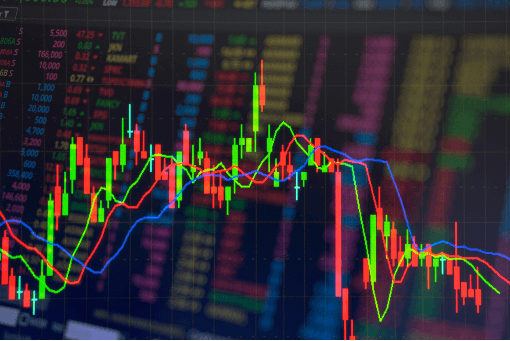Trading bots have gained immense popularity in the world of automated trading. In this article, we delve into the intriguing question of whether trading bots can be personalized to suit individual preferences. While personalizing your trading bot, considering automated solutions given in the article related to the use of Litecoin
Table of Contents
The Need for Personalized Adjustments
Trading bots have undoubtedly revolutionized the way we approach automated trading. However, off-the-shelf trading bots often come with limitations that hinder their effectiveness. These pre-packaged bots lack the flexibility and personalization required to align with individual preferences and trading strategies.
To truly optimize trading performance, there is a compelling need for personalized adjustments in trading bots. Every trader has unique risk tolerance levels, investment goals, and trading styles. A one-size-fits-all approach simply doesn’t cut it when it comes to achieving desired outcomes in the financial markets.
By tailoring trading bots to individual preferences, traders can overcome the limitations of generic off-the-shelf bots. Customization allows for the alignment of trading bots with specific risk management parameters, technical indicators, and trading strategies. This personalized approach empowers traders to make informed decisions that cater to their own preferences and objectives.
Personalized adjustments also open doors to continuous learning and adaptation. By incorporating data analysis and machine learning techniques, trading bots can evolve and improve over time. Historical data, combined with predictive models, can guide trading decisions, leading to better outcomes in the dynamic and ever-changing market environment.
Key Factors for Personalized Adjustments
One of the primary factors is setting appropriate risk management parameters. Each trader has a unique risk tolerance level, and it is essential to define risk limits within the trading bot. By establishing risk management rules that align with individual preferences, traders can mitigate potential losses and protect their investment capital.
Another factor to consider is the selection of suitable technical indicators and trading strategies. Technical indicators provide valuable insights into market trends and price movements. By incorporating indicators that resonate with a trader’s preferred analysis methods, the trading bot can generate more accurate signals and execute trades accordingly.
Data analysis and machine learning also play a significant role in personalized adjustments. By leveraging historical data and implementing machine learning algorithms, trading bots can adapt and learn from past market behavior. This continuous learning process enables the bot to refine its strategies, make better predictions, and improve trading decisions over time.
It is important to note that these key factors are interrelated and influence one another. The risk management parameters must align with the chosen technical indicators and trading strategies. Additionally, data analysis and machine learning techniques should be employed to optimize both risk management and trading strategy effectiveness.
Implementing Personalized Adjustments
Choosing the right trading bot platform is crucial. Look for a platform that offers customization options and caters to your specific needs. Research different platforms and compare their features, reliability, and user reviews to make an informed decision.
Once you have selected a suitable platform, explore the customization tools and features it offers. These tools enable you to personalize various aspects of your trading bot, such as risk management parameters, technical indicators, and trading strategies. Familiarize yourself with the platform’s interface and understand how to adjust settings according to your preferences.
When implementing personalized adjustments, it is essential to have a clear understanding of your risk tolerance and investment goals. Define your risk management parameters, including stop-loss levels, position sizing, and maximum drawdown limits. Aligning these parameters with your risk tolerance ensures that your trading bot operates within your desired risk framework.
Next, focus on selecting appropriate technical indicators and trading strategies. Consider indicators that align with your preferred analysis methods and trading style. Whether you rely on moving averages, oscillators, or other indicators, choose the ones that provide meaningful insights and enhance your trading decisions.
Additionally, leverage the power of data analysis and machine learning to optimize your personalized adjustments. Utilize historical data to backtest your strategies and evaluate their performance. Identify patterns and trends that can help improve your trading bot’s decision-making capabilities. Implement machine learning algorithms to enable your bot to learn from past data and adapt to changing market conditions.
Remember to regularly monitor and evaluate the performance of your personalized adjustments. Keep track of the bot’s performance metrics, such as profitability, win rate, and drawdown. Analyze the results and make necessary tweaks to further refine and optimize your trading strategies.
Conclusion
In the realm of trading bots, personalized adjustments hold the key to unlocking greater potential. By tailoring trading bots to individual risk tolerance, investment goals, and trading styles, traders can enhance their performance and achieve better results. Embrace the power of customization and take your trading strategies to new heights.

